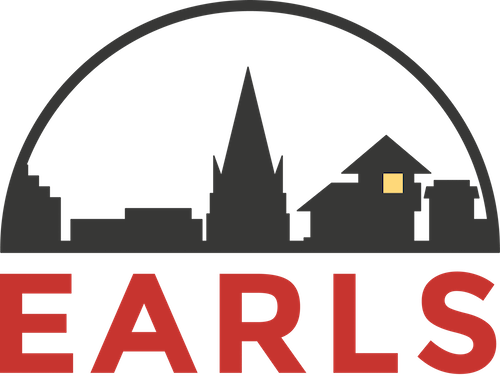PERIODIC LEG MOVEMENT
Over 80% of people with Restless Legs Syndrome also have a condition that is known as Periodic Limb Movement Disorder (PLMD) or Periodic Limb Movements (PLM).
Periodic Limb Movements occur commonly and relate to movements or “jerking” of legs, arms and sometimes the body which can occur in an “involuntary” fashion, over which you have no control. These movements usually occur during or before sleep but can also occur while resting during daytime, sitting in a chair for instance, and can sometimes be painful. This was originally called “nocturnal myoclonus” and described by Professor Lugaresi from Italy.
More recently we recognise PLM as PLMS (PLM during Sleep) and PLMA (PLM during Awakening). While PLM may be associated with RLS, it can occur independently, particularly in older people.
PLM occurs in approximately 4% of all adults and is particularly common in the elderly population and women. It can also occur in those who are shift workers and have abnormal sleep patterns, those who snore or drink excessive amounts of coffee, during severe stress or if the use of sleeping tablets is suddenly withdrawn.
Typically, PLM involves the foot being drawn upwards at an interval of 20-40 seconds, usually during the first part of the night. However, the movement may affect the whole leg causing jerks or flailing movements of the arms, keeping the bed partner awake. People who have troublesome PLM can suffer from excessive sleepiness during day, and insomnia. If associated with RLS, the problem be worse. A formal diagnosis of PLM may need a specialised test called polysomnography which documents the movements and assesses the frequency at which these occur.
The treatment of PLM needs an accurate diagnosis and explanation of the problem. Medications used are similar to RLS. In some people, PLM is very sensitive to the use of dopamine agonists such as pramipexole and ropinirole. Some anti-depressant medications can make the PLM worse. However PLM is treatable and it is important that a person living with PLM visits their GP to get a referral to a sleep physician who may be able to analyse and advise on treatment.

